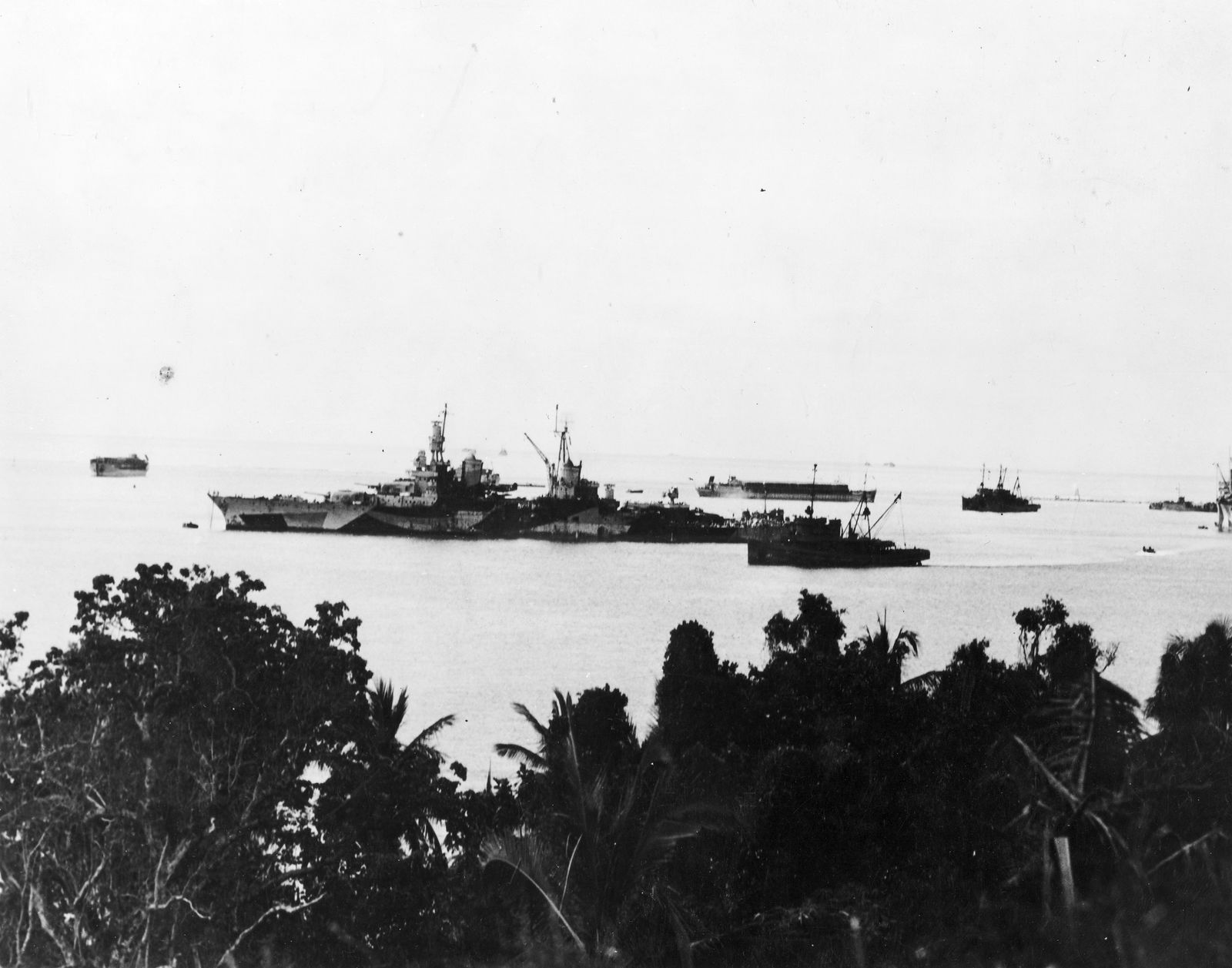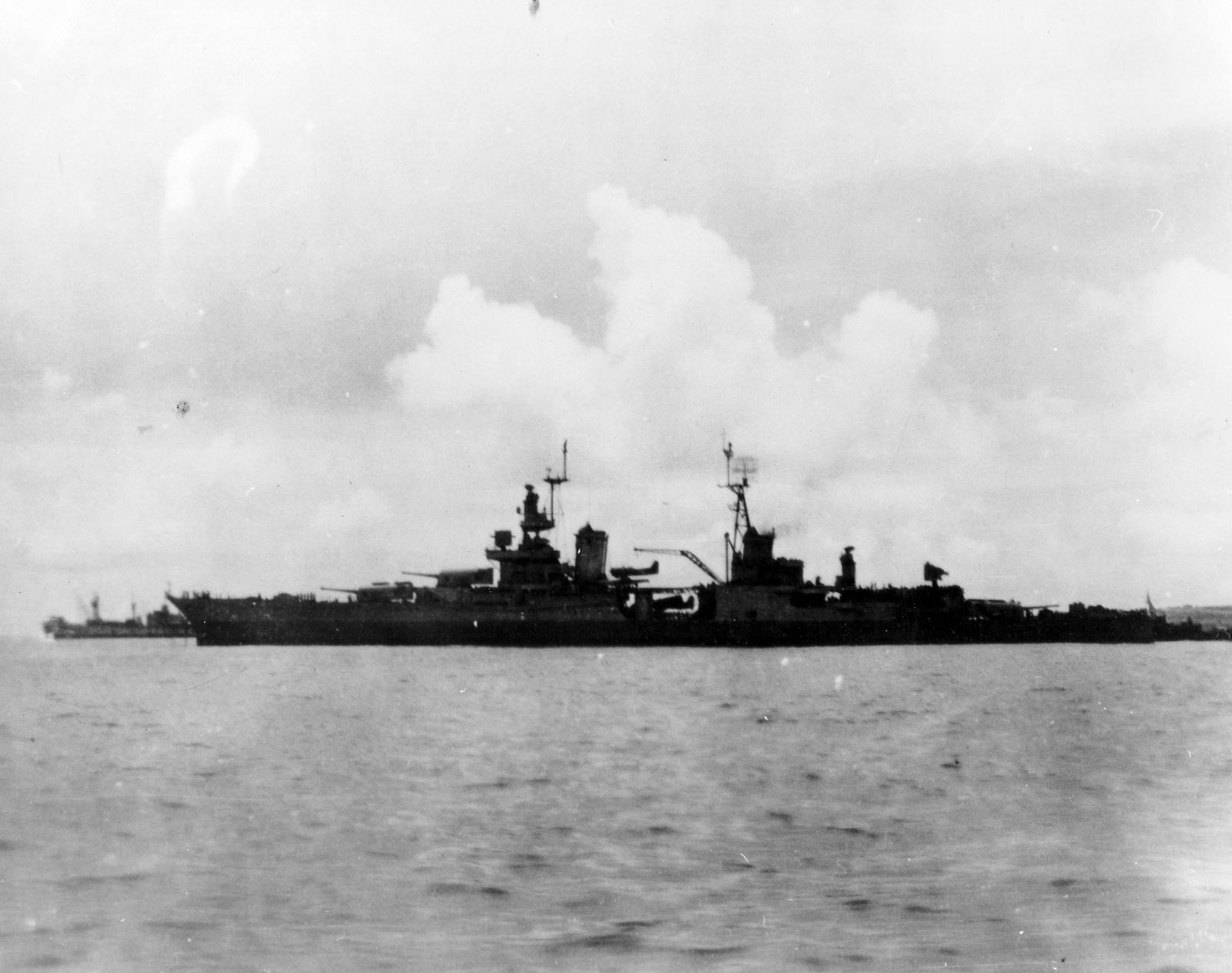AFTER the successful Trinity Test on July 16, 1945, President Truman knew he would have to use the new atomic weapons to end the war before a costly invasion of Japan became necessary. However, he wanted to give the Japanese an opportunity to surrender first. Having received agreements from Winston Churchill and Chiang Kai-shek, Truman sent what became known as the Potsdam Declaration to the media at 7 p.m. on the evening of July 26, 1945. (Russia did not join the war until Aug. 8, after the first atomic bomb was dropped.) The ultimatum read in part:
“We, the President of the United States, the President of the National Government of the Republic of China, and the Prime Minister of Great Britain, representing the hundreds of millions of our countrymen, have conferred and agree that Japan shall be given an opportunity to end this war…. The full application of our military power, backed by our resolve, will (emphasis added in the original) mean the inevitable and complete destruction of the Japanese armed forces and just as inevitably the utter devastation of the Japanese homeland.
“The following are our terms. We will not deviate from them. There are no alternatives. We shall brook no delay.
“1. There must be eliminated for all time the authority and influence of those who have deceived and misled the people of Japan into embarking on world conquest, for we insist that a new order of peace, security, and justice will be impossible until irresponsible militarism is driven from the world….
“4. The Japanese military forces, after being completely disarmed, shall be permitted to return to their homes with the opportunity to lead peaceful and productive lives….
“7. The occupying forces of the Allies shall be withdrawn from Japan as soon as these objectives have been accomplished and there has been established in accordance with the freely expressed will of the Japanese people a peacefully inclined and responsible government.
“8. We call upon the Government of Japan to proclaim now the unconditional surrender of all the Japanese armed forces, and to provide proper and adequate assurances of their good faith in such action. The alternative for Japan is prompt and utter destruction.”
Note that the ultimatum called only for “the unconditional surrender of all the Japanese armed forces,” not the emperor, allowing him to remain in control of Japan to oversee the surrender, whenever it happened. Unfortunately, the Japanese Imperial Army remained adamantly opposed (Farrell, Don A., “Tinian and The Bomb: Project Alberta and Operation Centerboard,” p. 236).
That same day, Maj. Gen. Curtis LeMay, in command of all B-29 operations in the Mariana Islands, gave the 509th Composite Group ten targets for “Pumpkin” raids on Japan. Pumpkins were copies of the plutonium-based, implosion-type bomb, filled with 6,300 pounds of high explosives. They would allow the green crews to fly in combat and face the flak, as Col. Paul Tibbets had demanded, before they could fly on the actual combat mission to deliver an atomic bomb.
Again on the 26th, the USS Indianapolis arrived at Tinian, and anchored about a half mile offshore. The Indianapolis’ crew unloaded the 15-foot-long, 10,000-pound crate containing the shell for Little Boy, the uranium-based, gun-type atom bomb, and a 300-pound lead-lined cylinder containing about half of the uranium for the bomb. All other parts arrived either by ship or aircraft. Indianapolis then steamed south to Guam for refueling before being ordered to the Philippines to prepare for the anticipated invasion of Japan (Farrell, Don A., “Seabees and Superforts at War: Tinian’s Critical Role in the Ultimate Defeat of Japan,” p. 425).
If that weren’t enough excitement for Project Alberta that afternoon, three Green Hornet C-54s carrying nearly 100 Project Alberta personnel arrived at Tinian from Los Alamos.
July 28th
With the U235 target assembly for the Little Boy and plutonium-polonium core and initiator for the Fat Man were safely on Tinian, Captain Deak Parsons, Deputy Director of the Los Alamos Laboratory, and Dr. Norman Ramsey, head of the Project Alberta team, set the initial date for the Little Boy drop for August 1st. No one on Tinian was aware that the President did not want the first atomic bomb dropped until on or after August 3 when he would be gone from Potsdam and back at sea aboard the USS Augusta for the ride home.
July 31st
The primary project for the last day of the month was a complete dress rehearsal for the Little Boy drop, this time with Col. Tibbets at the controls. Little Boy shell number L-6 was loaded into the as yet unnamed Enola Gay, aircraft 44-86282. This time, Major Charles Sweeney in The Great Artiste and George Marquardt in the Necessary Evil accompanied him, as they would on August 6.
After completing the rendezvous at Iwo Jima, the trio flew back to Tinian and dropped the Little Boy test bomb within sight of the island. They were frustrated with the failure of the bomb release mechanism on the first pass. Then, on the second pass, observers held their collective breaths as the little black egg fell from the future Enola Gay and raced earthward. They saw the puff of smoke, indicating that the complicated electrical circuit had completed the loading sequence at the correct altitude. All exhaled and breathed deeply.
Except for the hang-up with the release system, the Little Boy Team declared the test a complete success in all respects. The next Little Boy drop would be “no drill.” Crews prepped Little Boy shell L-11. Everything and everybody were ready for L-Day.
Aug. 1, 1945
In response to Prime Minister Suzuki’s decision to ignore the Potsdam Declaration, General “Hap” Arnold decided to send him a message the Prime Minister could not ignore — five wings of B-29s flying from bases on Saipan, Tinian, and Guam.
Of the 836 planes dispatched from Saipan, Tinian, and Guam to Japan on August 1, 784 bombed their assigned targets. It was the single largest effort by the Twentieth Air Force to date. In addition, the Far East Air Forces, under the command of General Jimmy Doolittle, which had moved forward to Okinawa, sent B-24s and B-25s to bomb targets in Japan. For the first time, P-47s joined P-51s from Iwo Jima in a sweep over southern Honshu. Altogether, over 1,000 American planes hit targets in Japan that day.
General Carl Spaatz, now commander of the U.S. Strategic Air Forces in the Pacific with headquarters on Guam, flew to Manila to show General MacArthur a copy of his orders to drop the atomic bombs. MacArthur said the dropping of the atomic bombs would change warfare; he didn’t explain what he meant.
A terrible message was received on Tinian August 1. After leaving Guam for the Philippines, a Japanese submarine sank the USS Indianapolis. The news shocked the men of the 509th, who helped the sailors unload the fissionable material from the great old heavy cruiser. Only 316 men of her crew of 1,196 survived the sinking.
The USS Indianapolis was the last American ship lost in World War II.
The Japanese War Ministry issued an order on August 1 that will live in infamy as much as the decision to attack Pearl Harbor: “Kill all prisoners.”
“Under the present situation if there were a mere explosion or fire in a shelter for the time being could be had in nearby buildings such as the school, warehouse, or the like. However, at such time as the situation become urgent and if it be extremely important, the POWs will be concentrated and confined in their present location and under heavy guard the preparation for the final solution will be made.
“The time and method of this disposition are as follows:
“Although the basic aim is to act under superior orders, individual disposition may be made in the following circumstances:
“(a) When an uprising of large numbers cannot be suppressed without the use of firearms.
“(b) When escapees from the camp may turn into a hostile fighting force.
“(c) Whether they are destroyed individually or in groups, or however it is done, with mass bombing, poisonous smoke, poisons, drowning, decapitations, or what, dispose of them as the situation dictates.
“(d) In any case it is the aim not to allow the escape of a single one, to annihilate them all, and not to leave any traces (Document No. 2701 (Certified as Exhibit “O” in Doc. No. 2687).”

Francis Birch numbers Little Boy L-11 with Norman Ramsey.

Enola Gay

Indianapolis off Tinian.

Indianapolis prepares to leave Tinian.

Stalin, Truman and Churchill at Potsdam.










